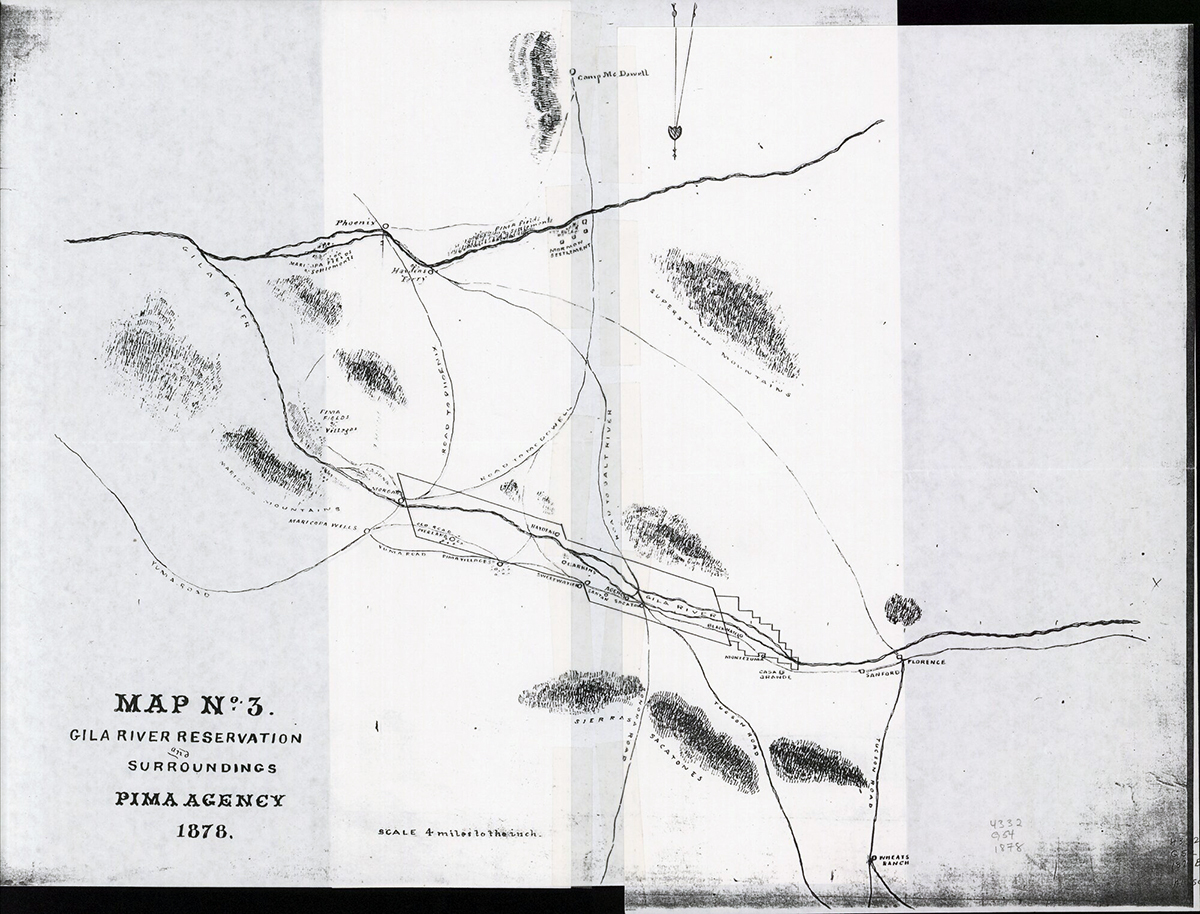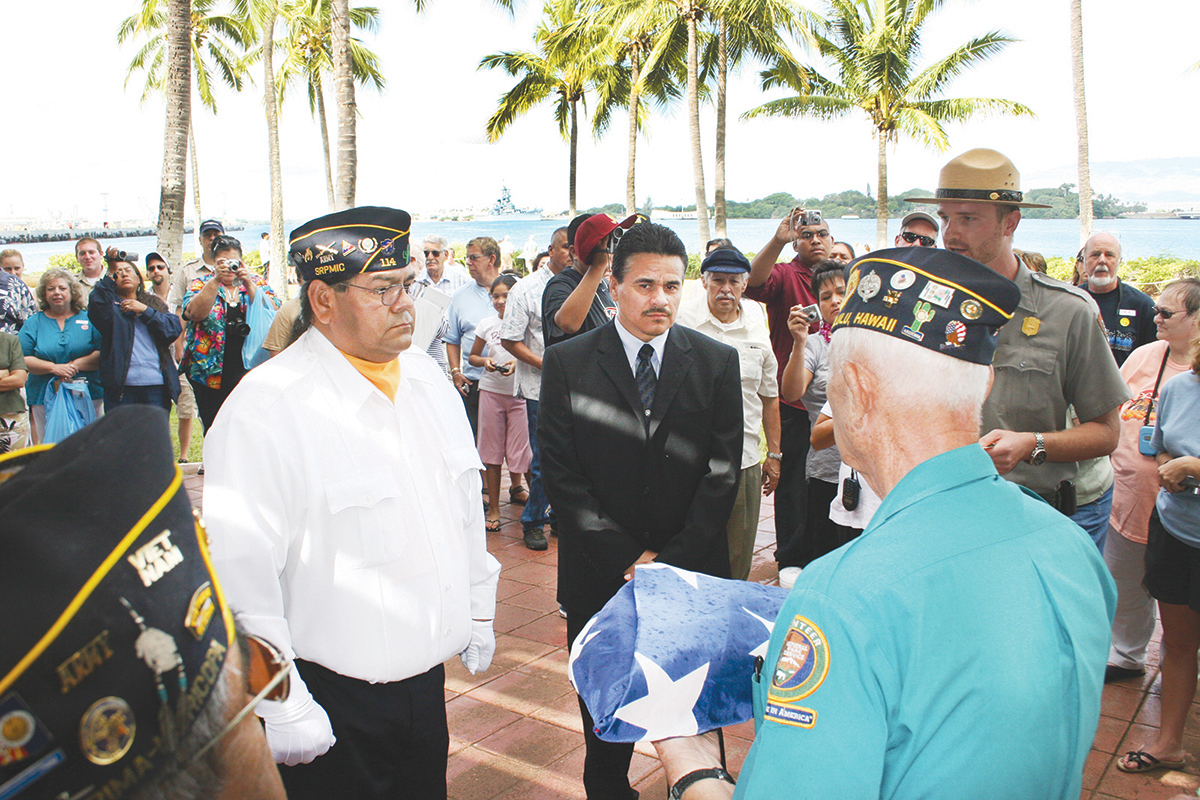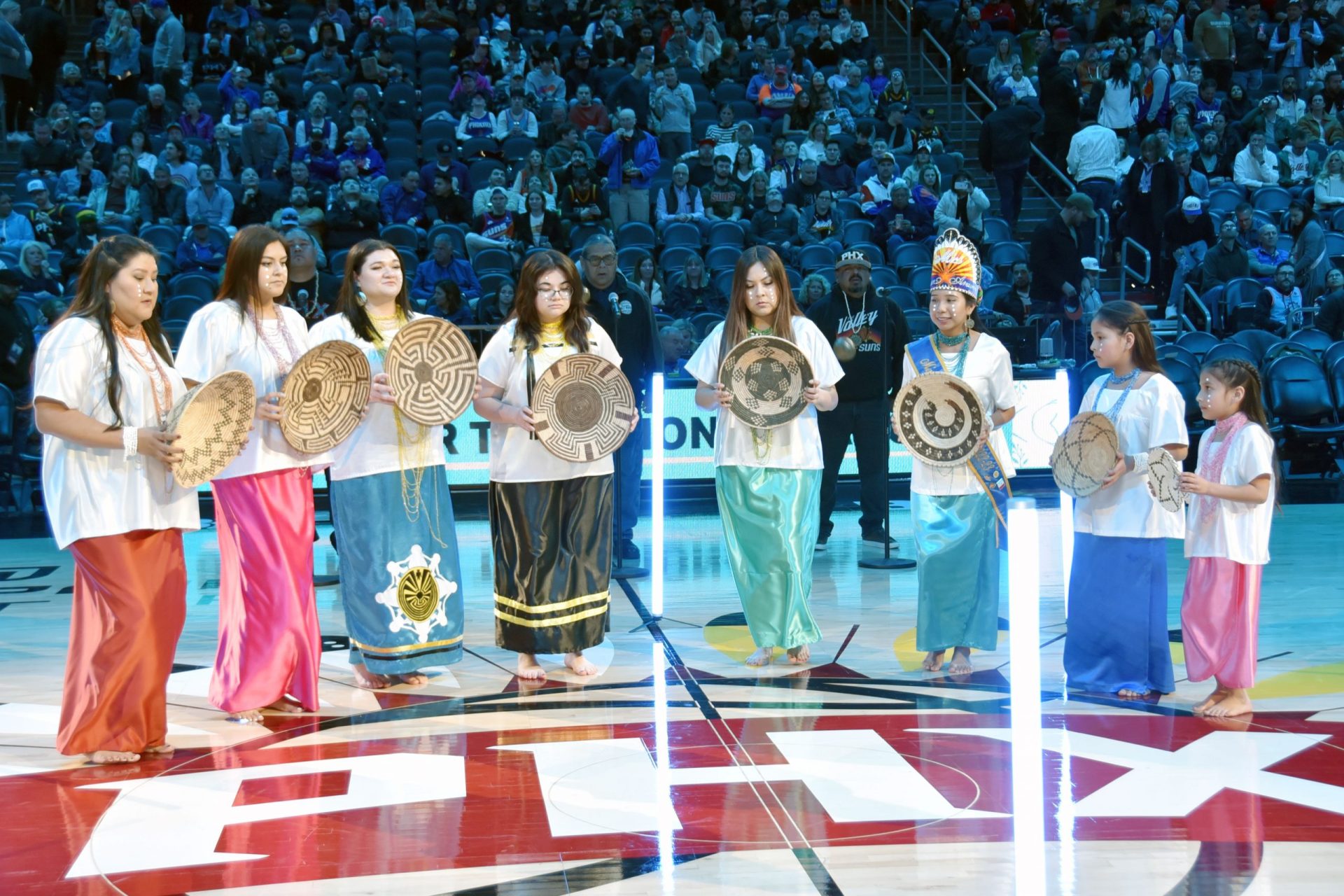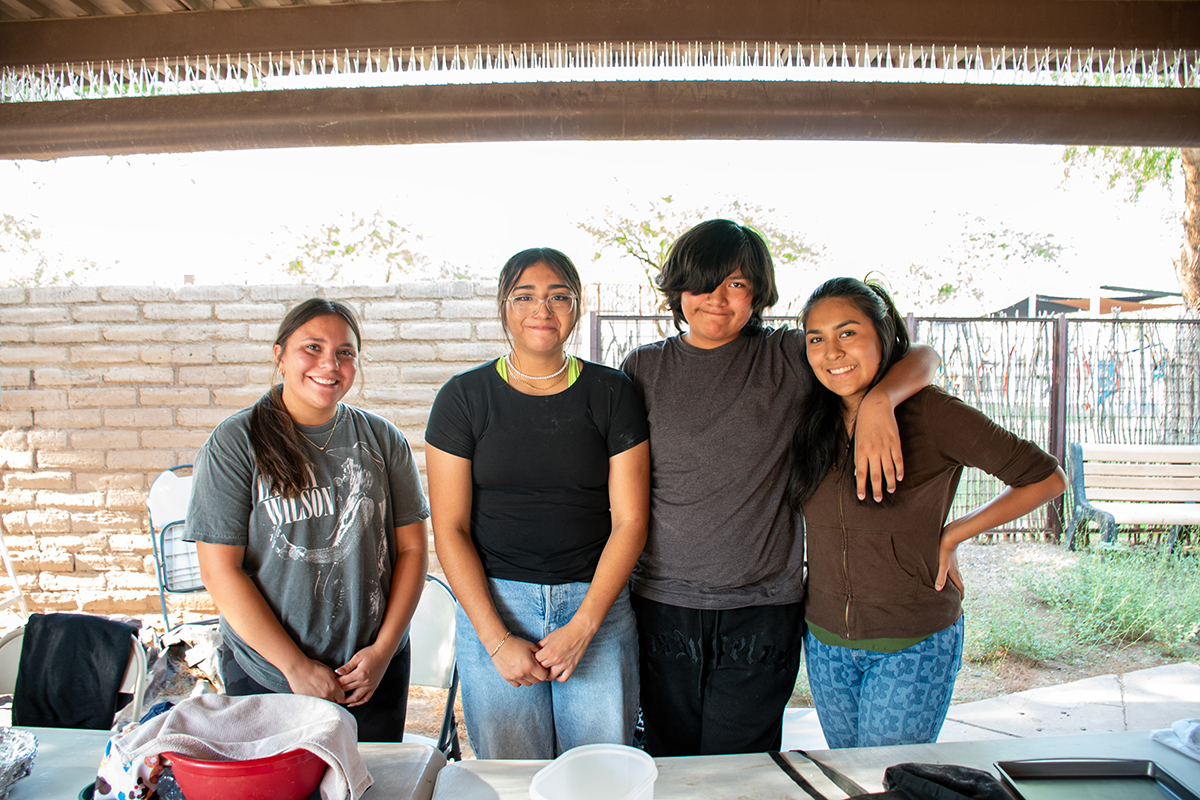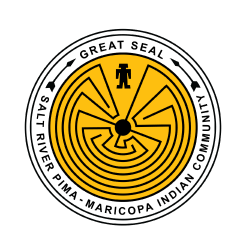VIEWS: 572
September 17, 2025How Piipaash and O’odham Gave Rise to the Arizona National Guard
“It’s common knowledge that we were the first Arizona National Guard.”
Military veteran Pacer Reina of the Salt River Pima-Maricopa Indian Community shared those words in O’odham Action News’ coverage of the removal of tribal flags from the Phoenix Veterans Affairs building earlier this year.
The story behind that National Guard fact ties together several threads of history in this region when the outcome of a large battle left a huge impression on military leaders of the time hoping to grow their forces. It takes us back to 1857, when the federal government considered this area part of the New Mexico Territory, after a long-standing feud between the Piipaash and the Quechan came to its final encounter.
When a new leader of the Quechan named Chief Francisco emerged, he sought to make a name for himself by organizing a campaign against the Piipaash. After raising a party of around 400 warriors, including Mojave, Yavapai and Tonto Apache fighters, they followed the Gila River eastward, ignoring every bad omen they encountered on the way.
On August 30, 1857, they raided and burned the Piipaash village of Sacate, killing many women and children. Survivors fled to nearby Pima Butte and sent word to nearby villages to raise the alarm. The attackers had not expected the strength and rapid response from the O’odham and Piipaash alliance. The two groups, long known for their peaceful nature, had well-trained men with quality weapons who were skilled protectors ready to defend their homeland.
Led by Juan Chavarria (Piipaash) and a teenage Antonio Azul (O’odham), a combined force of approximately 1,200 was mobilized. Because of their relationship with the U.S. government, they had access to horses and iron tools, allowing them to arrive at the battlefield swiftly on September 1.
At that point in battle, numbering just around 100, the Quechans were quickly overwhelmed when many of their allies fled at the sight of the approaching force. Within 30 minutes, the battle was over, with nearly all Quechans fallen. According to one witness, the battlefield was so thoroughly covered with the dead that even years later, bones and weapons still littered the ground.
The battle demonstrated the strength, the military discipline and organization of the O’odham and Piipaash. Their tactics left American military observers, including an influential officer named Enoch Steen, astonished and impressed. Steen advocated for incorporating these Indigenous fighters into U.S. military operations.
When the Civil War began in 1861 and U.S. troops were pulled from the region, this call was answered. After the Civil War ended, in 1865, the U.S. Army formed companies B and C of the First Arizona Volunteer Infantry, composed entirely of Piipaash and O’odham men, respectively. This unit is recognized as the foundation of the Arizona National Guard.
The battle site is still largely unmarked today. The abandoned village of Sacate was never resettled by the O’odham and Piipaash, as it was considered spiritually contaminated by the bloodshed.
The O’odham and Piipaash were never aggressors. They lived peacefully, cooperated with missionaries, protected travelers, and contributed to the economy by selling surplus crops to the U.S. Army. But when attacked, they defended their people with honor and skill. Their battle was not one of conquest, but of survival, and it left an impression that helped to change history.

